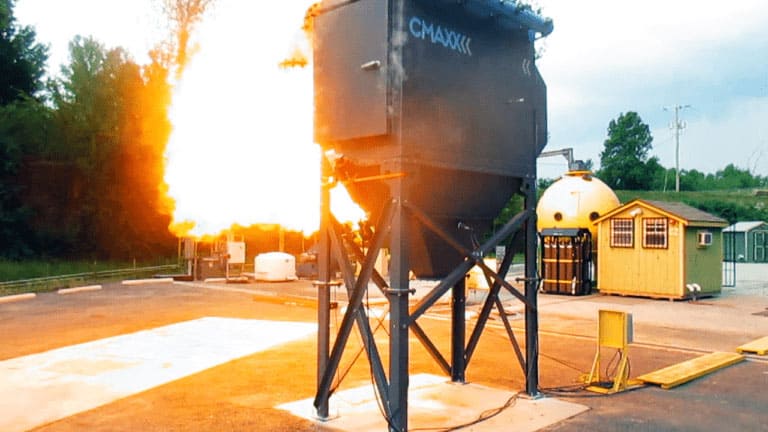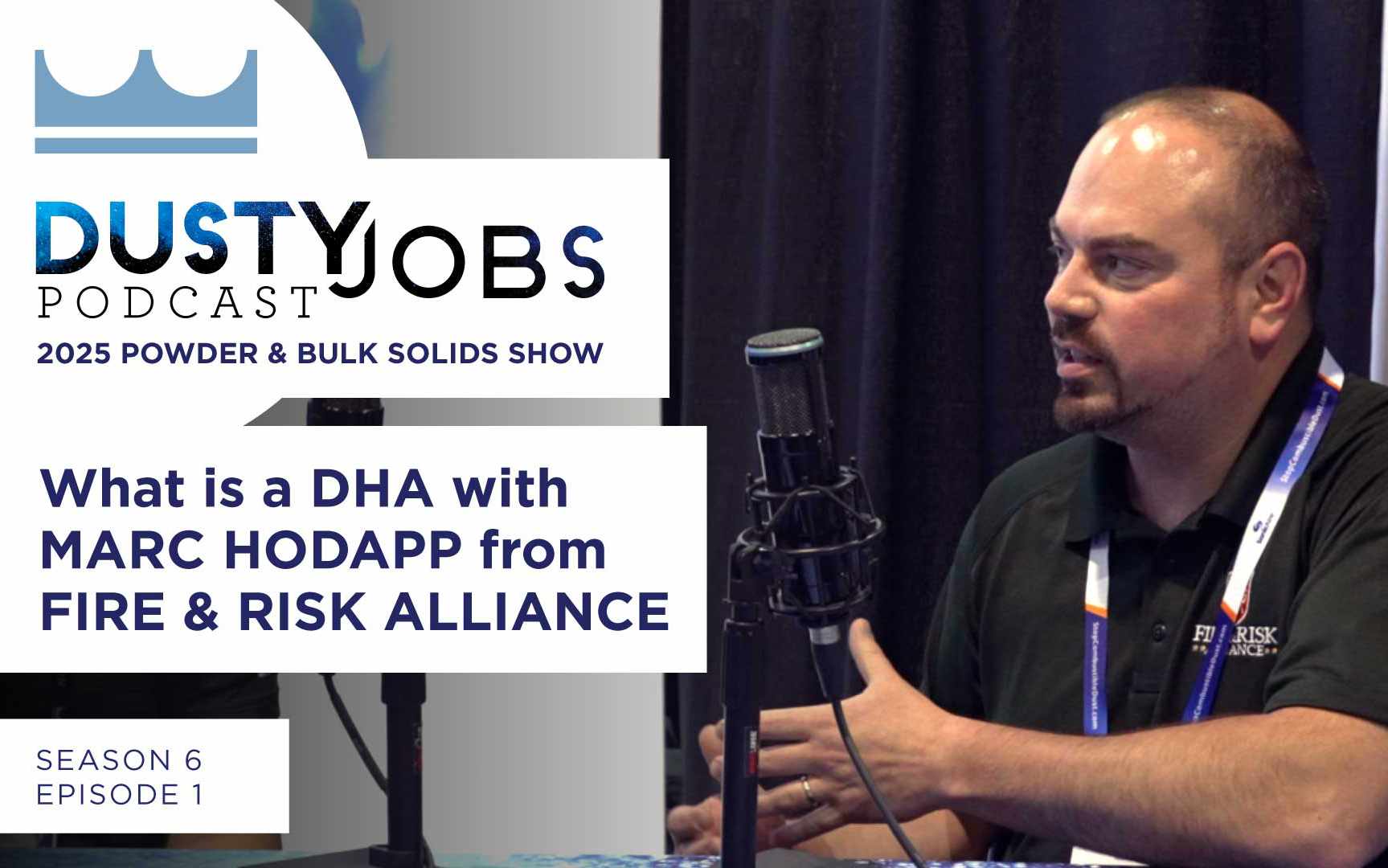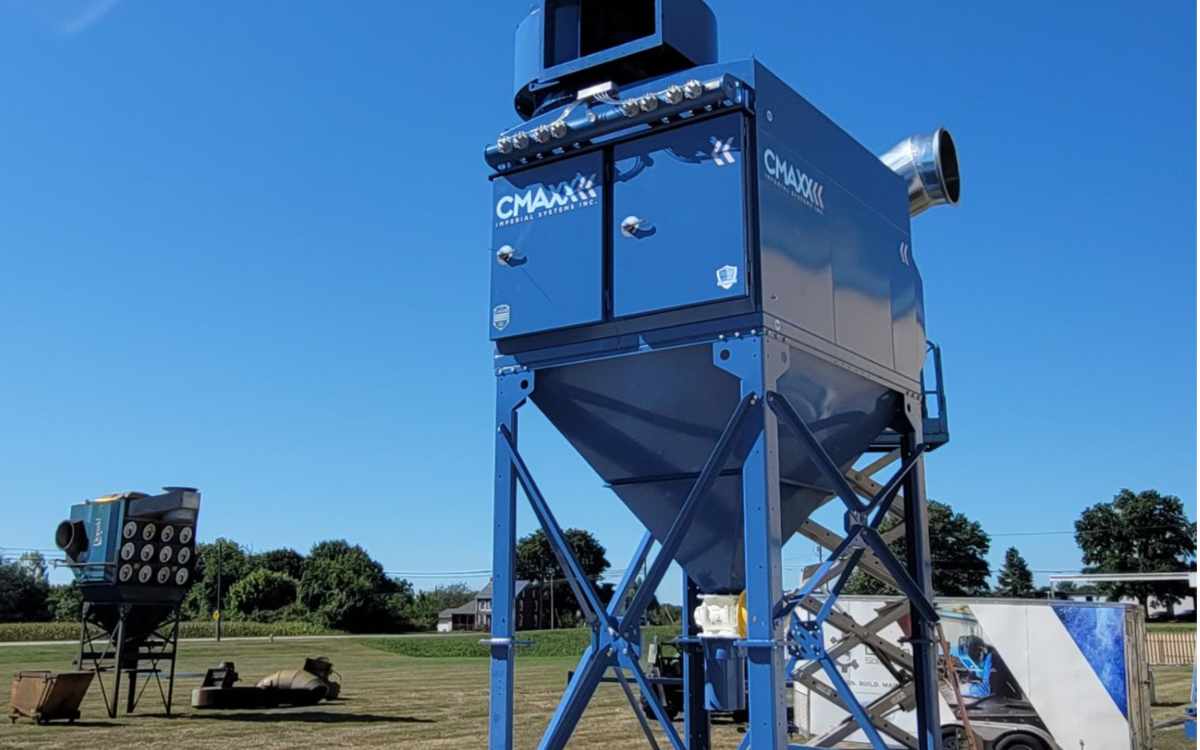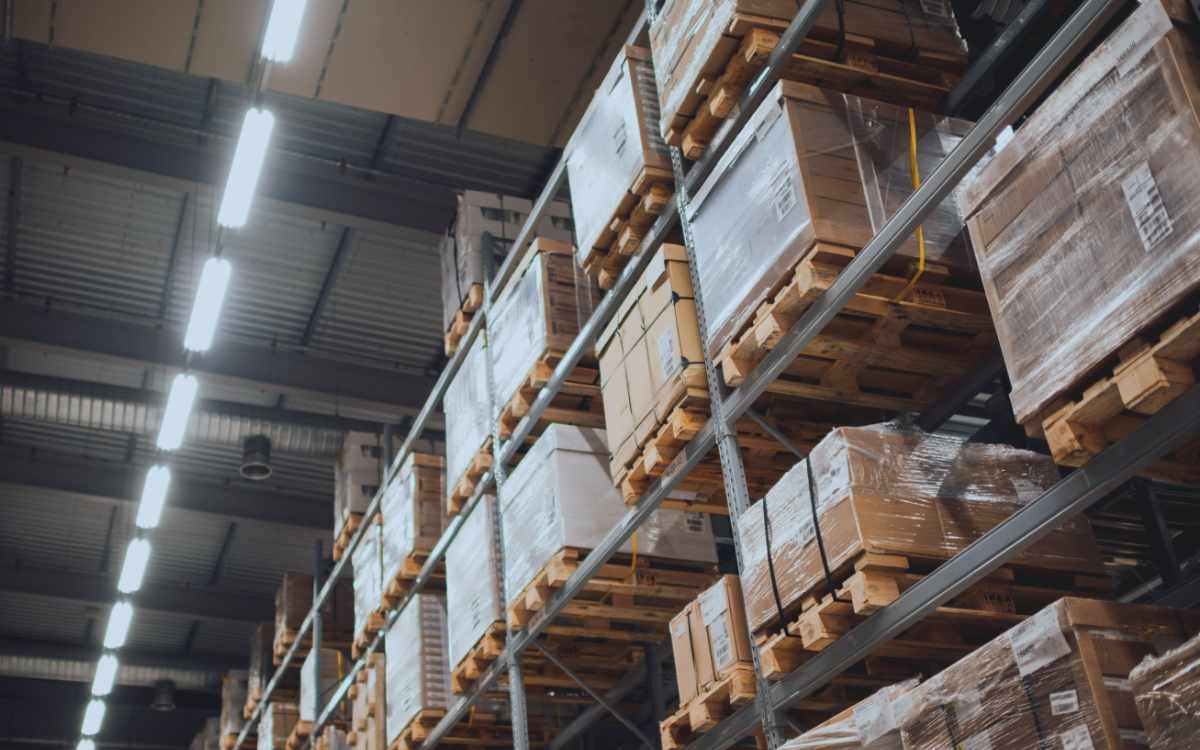The Mechanics of Deflagration: Dust Testing Research
Some dusts are more dangerous than others. The organizations that set standards for combustible dust management, like OSHA and the National Fire Protection Association, run dust testing on many types of dust to determine how dangerous they are and what conditions make them explode.

In many cases, these formal tests replicate what common sense would already tell you. Combustion chambers are often used to measure the amount of pressure that’s produced when a measured amount of a dust is ignited. They are used to measure the minimum concentration of the dust that’s needed to start a deflagration. This is an important number, because even if you don’t normally produce enough dust to reach the concentration that could ignite, a heavy day of fabrication or dust dislodged from overhead surfaces could raise that into the danger zone.
Methods of Dust Testing
A combustion chamber is also used to test another key component of an explosion: the amount of oxygen needed to fuel it. Fire requires oxygen, but depending on how flammable a material is, it may burn even in an environment with low oxygen.
A spark igniter creates sparks to test the minimum amount of energy needed ignite a deflagration. Materials that are very easily ignited by even a small spark are a hazard in any situation where there is static discharge, even in the absence of any heat or flame.
A furnace is used to test how hot a material has to get before it will spontaneously ignite without a direct heat source. A cloud of dust may not burn even in very, very hot air unless there is a spark or flame to ignite it. If the dust ignites in the furnace, it means that temperature control is a key factor in handling this dust safely.
Some dust testing use a hot surface to test whether dust will ignite when a surface with a layer of dust on it is heated. Again, some types of dust may not ignite even when exposed to very high temperatures unless there is a spark or flame, but some types of dust may ignite from being in contact with a hot surface, and this type of dust is dangerous anywhere that it could come into contact with hot materials.
Conclusion
These factors together are used to calculate a deflagration index, which is an overall rating of how likely that type of dust will produce a deflagration. This index is used to group dusts into explosion classes: Class 0 in non-explosive (silica), Class 1 is weakly explosive (charcoal, zinc, many food products), Class 2 is strongly explosive (wood flour, many plastics) and Class 3 is extremely explosive (aluminum and magnesium dusts, some plastics and other chemicals)


